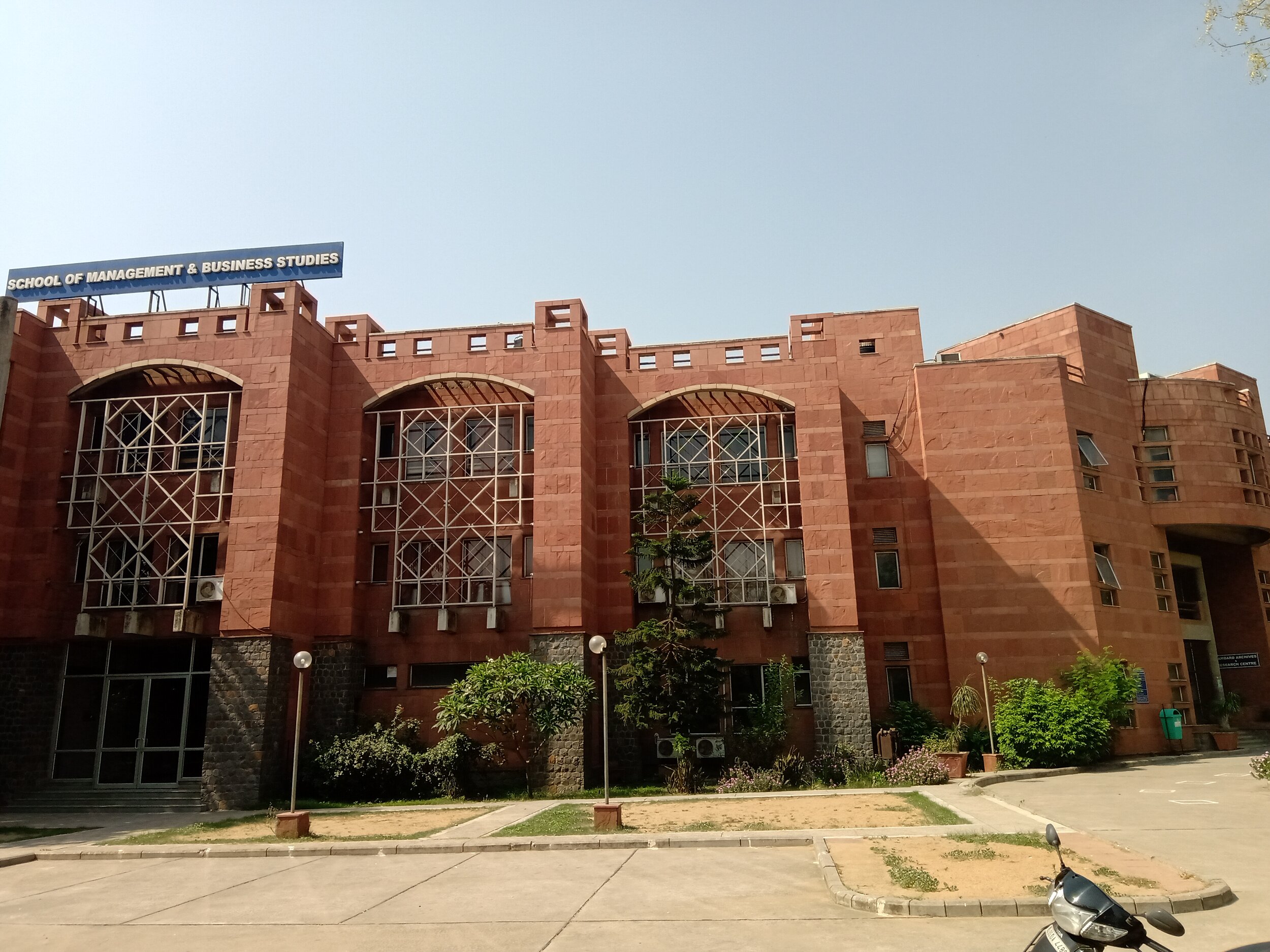
Hamdard Archives and Research Centre
An Institution dedicated to the memory of Hakeem Abdul Hameed
Hakeem Abdul Hameed popularly known as Bade Hakeem Saheb (1908 to 1999) was born in the first decade of the 20th Century and passed away in the last decade of the 20th Century, but his ideas and his vision of 21st Century is still relevant and will remain so in the times to come. Hakeem Abdul Hameed was among the stalwarts who gave himself off completely – mind, body and soul, to the development in the fields of Education, Medicine (Unani Medicine in particular). He overreached himself in turning words into deeds, in implementing the development programme of his vision.
Hakeem Saheb had his early education in Madarsa Rahmani and in 1915 was admitted in a school. He obtained knowledge of English from a teacher of the Anglo-Arabic School named Azizullah Beg and Persian from Maulvi Naseeruddin. In 1925 he was admitted in Tibbia College, Delhi from where he completed his education in Tibb in 1930, and assumed the responsibility of running Hamdard i.e. began to sit in the Clinic. Now, his name is synonymous with Unani Medicine, most respected Educationist, Social Reformer and Philanthropist, his tireless efforts had transformed a small Unani Pharmacy to the level of Hamdard Laboratories, as pioneer manufacturer of Unani Medicine in India and several Institutions were established from his own resources.
Not only do people remember him as a Physician, Philosopher, Scholar, Researcher and Institution builder but also the Govt. of India acknowledged his contributions towards Education, Health and Social Service by conferring upon him Padma Shri in 1965, and Padma Bhushan in 1992, and the former Soviet Union also honored him with Avicenna Award in 1982.
He was also honorary member of the Academy of the Medical Science of Islamic Republic of Iran and Chancellor of Aligarh Muslim University. He will be remembered for his services devotion and efforts in reviving and uplifting Unani System of Medicine and will also be remembered for his services to the field of Education.
The Institutions built by Hakeem Abdul Hameed are landmarks in their own field.
List of Institutions built/Projects started by Hakeem Abdul Hameed
1. All India Unani Tibbi Conference (1953)
2. Hamdard National Foundation (1962)
3. Institute of History of Medicine and Medical Research (1962)
4. Indian Institute of Islamic Studies (1963)
5. Saifiyya Hamidiya Tibbi College, Burhanpur (1963)
6. Hamdard Research Clinic and Nursing Home (1965)
7. Ghalib Academy (1969)
8. Hamdard College of Pharmacy (1972)
9. Hamdard Tibbi College (1973)
10. Business and Employment Bureau (1973)
11. Rabea Girl’s School (1973)
12. Centre for Advanced Socio-Legal Studies (1980)
13. Hamdard Education Society (1981)
14. Hamdard Primary School (1981)
15. Majeedia Hospital (1982)
16. Rufaida Nursing School (1984)
17. Technical Terms Research Project (1989)
18. Jamia Hamdard (Deemed-to-be University) (1989)
19. The Project on the Educational Status of Households in selected Regions of India (1990)
20. Centre of South Asia Studies (1990)
21. Hamdard Institute of Historical Research (1990)
22. Centre for Federal Studies (1991)
23. Hamdard Study Circle (1992)
24. Hamdard Public School (1993)
25. Hamdard Archives and Research Centre (1993)
As a Great visionary, Hakeem Saheb could see the importance of the documents collected over a vast expanse of time and was concerned to give them their rightful place and this is why he envisioned establishing Hamdard Archives and Research Centre so that the future generations could take a peek at the past, and trace the developments through various stages. As a result of which this brainchild of his came into existence in 1991, with the aim of helping the Scholars from around the world to do Research on varied subjects with the main focus on the History of Unani Medicine and other fields like the Social, Economic, Modern Science, among others. With this aim in mind Hakeem Saheb began to bring materials, collected over several decades on varied subjects, to the camp office, to be transferred to the HARC building later so that HARC could be developed as a one-stop Institution for all subjects.
Materials available in the Hamdard Archives & Research Centre:
I) Correspondence: it includes letters of prominent people such as Jawahar Lal Nehru, Smt. Indira Gandhi, Lal Bahadur Shastri, Maulana Abul Kalam Azad, Rajiv Gandhi, Dr. Zakir Hussain and others.
II) Subject Files: Major part of the collection in this section relates to the files of the parent body ‘Hamdard’ which began as an Unani Drug Shop and grew into an Institution of Unani Medicine and flourished as a premier manufacturer of Unani Drugs into a multi-dimensional Organization with a distinct character, mission, purpose and goal. There are certain files which were maintained by Hakeem Saheb on subject of his own immediate interest, which makes an interesting reading. The subjects encompass Education, Social Reforms, Communal Harmony, Indo-Pak Confederation, Elements in Health & Diseases etc. Widths of material on concerned subject with Hakeem Saheb’s own writing comments and ideas, it also includes letters, minutes of the meetings, budget, financial sanctions and other administrative issues; in connection with Institutions founded by him (list enclosed). The records of these Institutions provide an interesting picture of the Scientific, Literary and Educational developments of the second half of the 20th Century. There are certain files related to Medicinal Research in connection with modernizing the production of the Unani Medicine. It also has files of Hamdard products like Rooh Afza, Naunehal, Safi, Cinkara etc.
III) Printed Material: Consists of articles collected by him on partition of India and on other social economic and political issues. The medical literature left for posterity reflects his original approach.
IV) Daily Diaries and notes maintained by him.
V) Advertisement Material relating to promotion of Unani Medicines.
VI) Photographs
VII) News Paper clippings.
VIII) Books (Written by him, collected by him and on him) and Journals. It depicts the range of his interest. The medical literature left by him shows the original approach.
